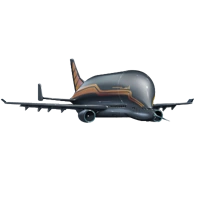General Info
Boeing Military
Boeing Military
C-40A Clipper
 |
|
| A C-40 of squadron VR-59 | |
| Role | Military transport aircraft |
|---|---|
| National origin | United States |
| Manufacturer | Boeing |
| First flight | April 2000 |
| Introduction | 21 April 2001 |
| Status | Active service |
| Primary users | United States Navy United States Air Force United States Marine Corps |
| Produced | 2001–2019 |
| Number built | 28 |
| Developed from | Boeing 737 Next Generation |
.
History Boeing Commercial Airplanes
Boeing C-40A Clipper
First flight April 2000
Produced 2001–2019

The C-40 combines the Boeing 737-700 fuselage with the strengthened wings and landing gear of the larger and heavier 737-800. It also has auxiliary fuel tanks allowing an unrefueled range of up to 5,000 nautical miles (9,300 km) compared with 3,010 nmi (5,570 km) for the standard 737-700
C-40A

First flight took place in April 2000 and the first of the C-40A aircraft entered service in April 2001
The U.S. Navy Reserve was the first customer for a 737 Next Generation based "combi" aircraft (capable of transporting cargo and passengers) The Clipper was ordered by the U.S. Navy to replace its fleet of aging C-9B Skytrain IIs . The C-40A is the first new logistics aircraft in 17 years to join the U.S. Navy Reserve. The Navy Reserve provides all of the Navy's medium and heavy airlift capabilities. The Clipper meets or exceeds international noise and environmental requirements, which the fleet of Naval Reserve C-9s did not. It is also more fuel-efficient and offers increased range and payload capabilities.Variants

- C-40A Clipper
- United States Navy version of the Boeing 737-700 for high-priority cargo and passenger transport, seventeen built.
- C-40B
- United States Air Force version of the Boeing 737-700 based Boeing Business Jet modified as a special mission aircraft for commanders and government officials, four built.
- C-40C
- United States Air Force version of the Boeing 737-700 based Boeing Business Jet, operational support and transport aircraft, seven built.
0
KmCeiling
0
KmRange
0
km/hAircraft Speed
0
Max Crew
Gallery
Photo Gallery
Photo Gallery
Boeing Commercial Airplanes
Boeing C-40A Clipper
First flight April 2000
Produced 2001–2019

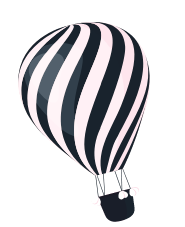
Boeing BCA Commercial
Boeing Commercial Airplanes
Boeing Commercial Airplanes
Boeing C-40A Clipper
First flight April 2000
Produced 2001–2019
1
General characteristics
-
- Crew: Four, five or six: Pilot, co-pilot, crew chief and loadmaster, plus one 'second loadmaster' when carrying passengers or two when carrying over 100 passengers
-
Capacity:
- C-40A passenger configuration: 121 passengers
- C-40A cargo configuration: 8 pallets
- C-40A combination configuration: 3 pallets, 70 passengers
- C-40B: 26 to 32 passengers
- C-40C: 42 to 111 passengers
- Payload: 40,000 lb (18,144 kg)
- Length: 110 ft 4 in (33.63 m)
- Wingspan: 112 ft 7 in (34.32 m)
2
Powerplant
-
- Powerplant: 2 × CFM International CFM56-7B turbofan engines, 27,300 lbf (121 kN) thrust each
3
Specifications
-
- Maximum speed: 534 kn (615 mph, 989 km/h)
- Range: 3,200 nmi (3,700 mi, 5,900 km) (C-40A), 4,500–5,000 nmi (5,200–5,800 mi; 8,300–9,300 km) (C-40B/C)
- Service ceiling: 41,000 ft (12,000 m)
4
Armament
- Boeing 737 – Single-aisle airliner family by Boeing
- Boeing 737 AEW&C – Airborne early warning and control aircraft
- Boeing P-8 Poseidon – American maritime patrol aircraft
- Boeing T-43 – US Air Force aircraft used for navigator training, derived from 737-200
- Boeing Business Jet – Executive transport variants of several Boeing airliners
- Military transport aircraft
-
Special Links Boeing Commercial Airplanes
Boeing 737-800 737-800 Fireliner
Links to Youtube & Others
The Boeing C-40 Clipper is a military version of the Boeing 737 Next Generation used to transport cargo and passengers. It is used by the United States Navy, Air Force, and Marine Corps. The Navy C-40A variant is named "Clipper", whereas the USAF C-40B/C variants are officially unnamed.
Boeing BCA
Boeing C-40 Clipper
The C-40C is a VIP transport aircraft often used to carry members of the Cabinet and Congress,
Youtube Link
The Air Force Reserve 932d Airlift Wing, Scott AFB, Illinois acquired three C-40C aircraft in 2007.
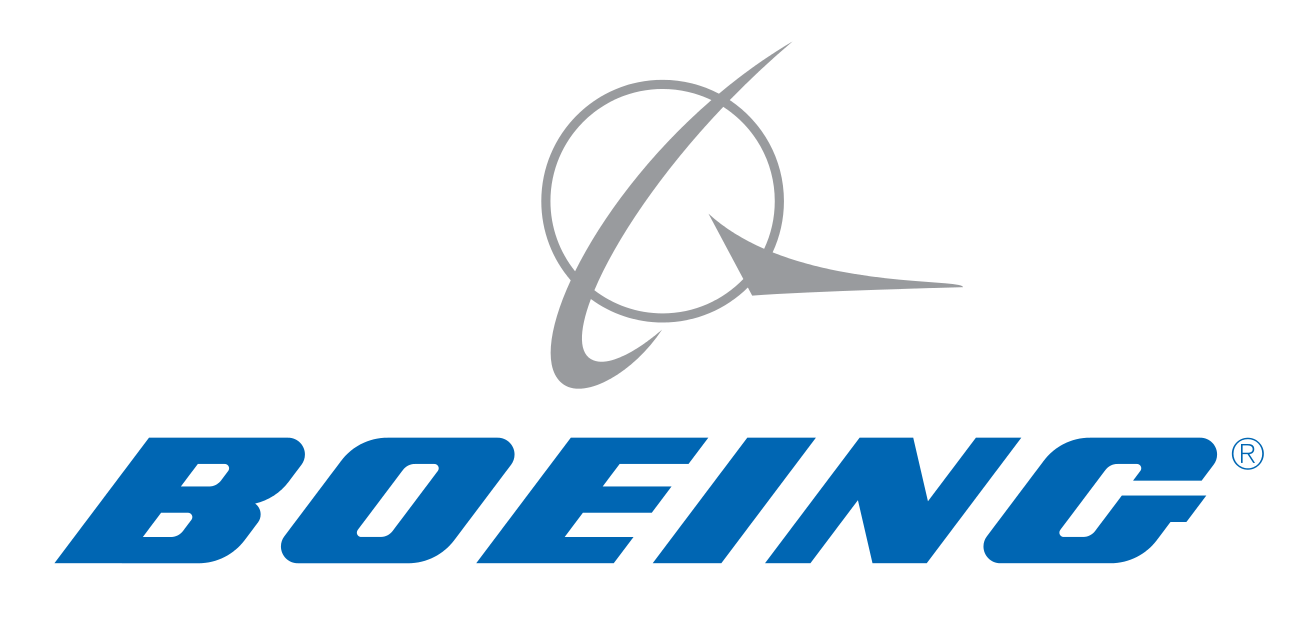
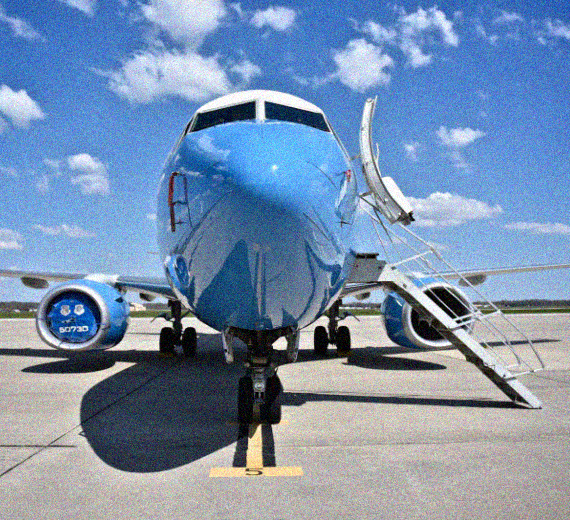

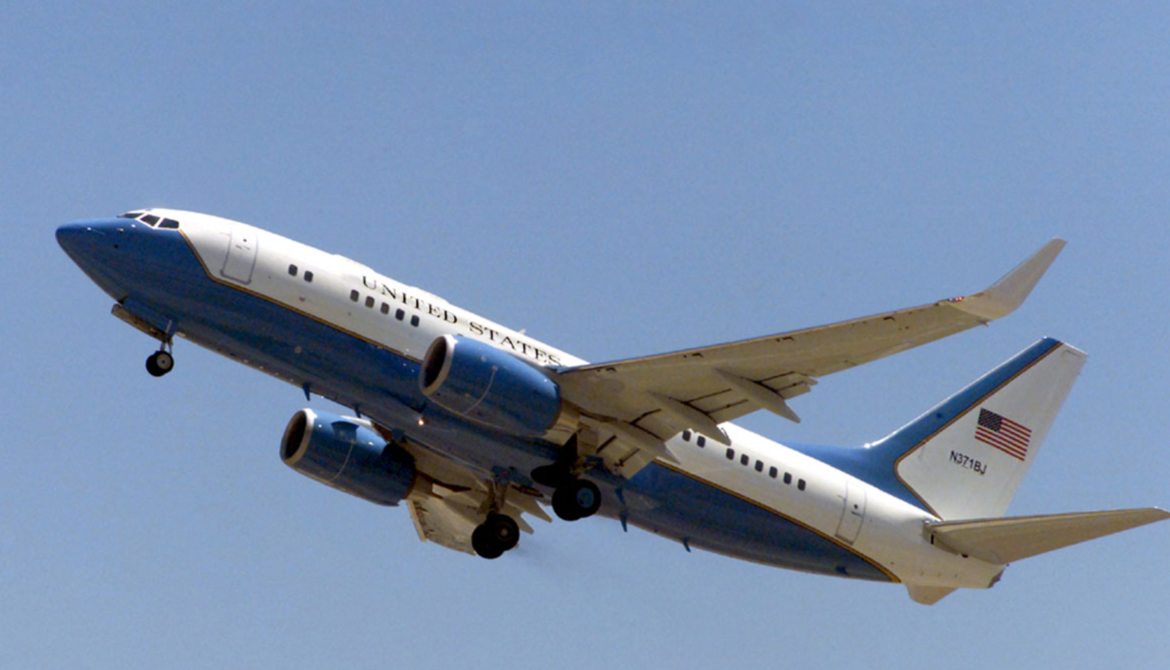

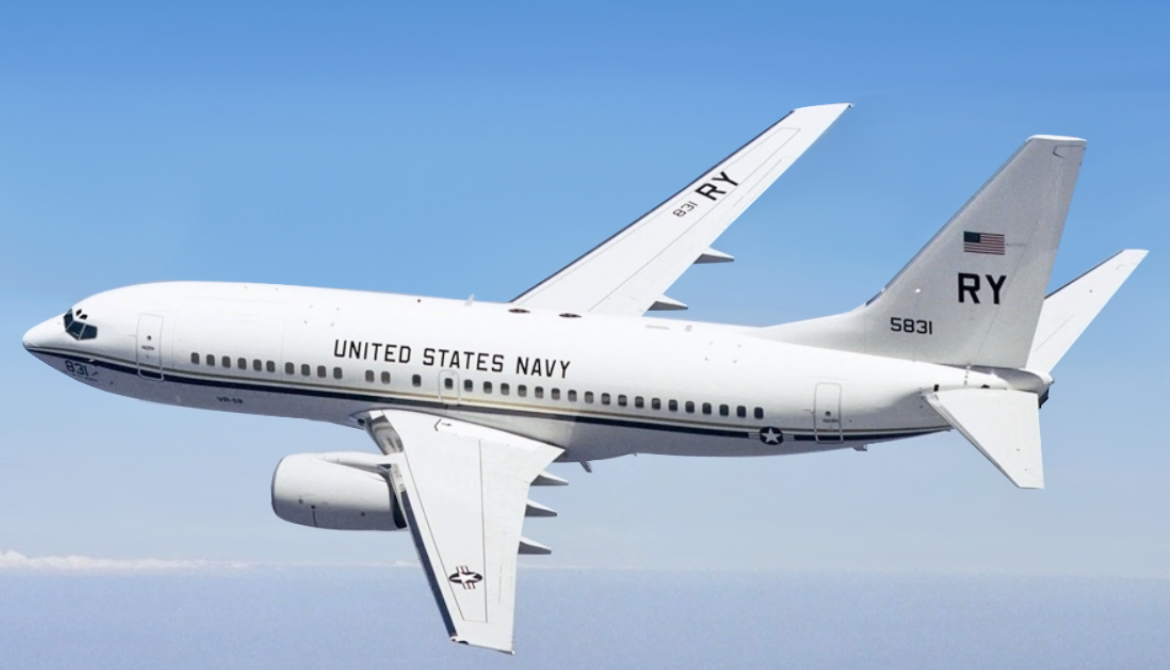
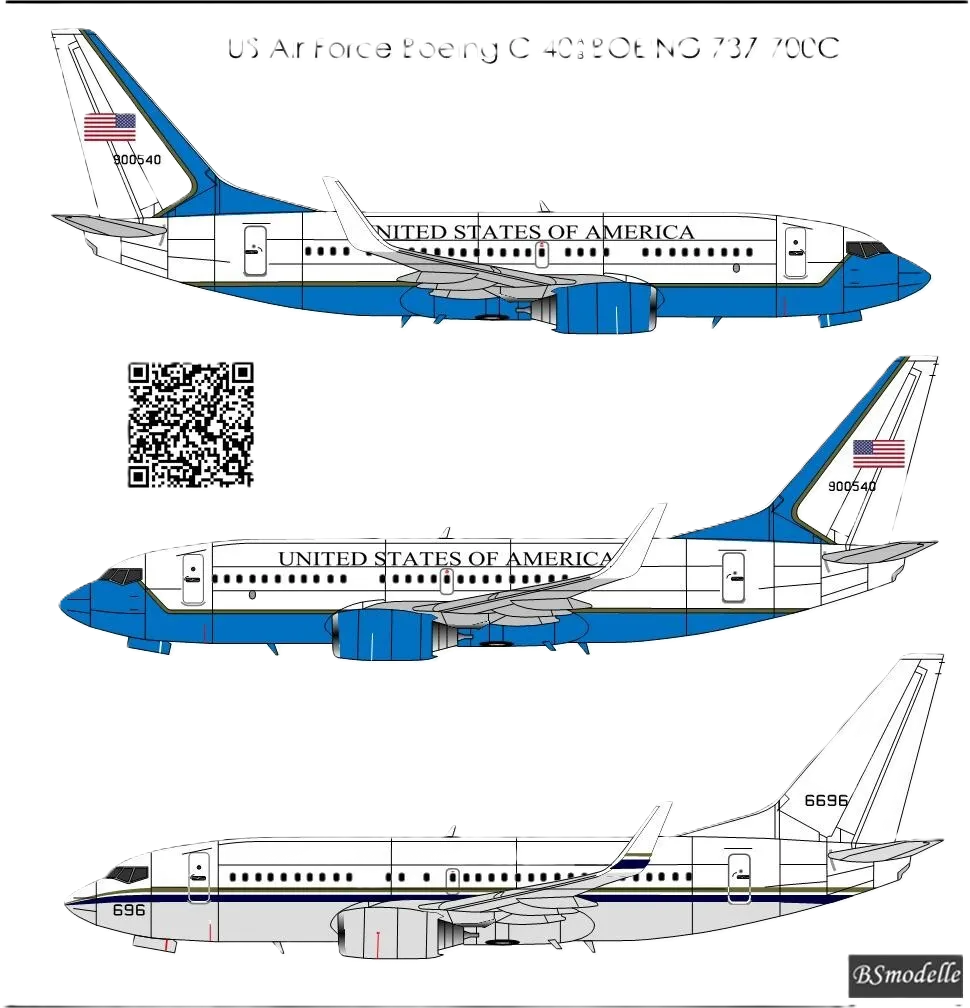

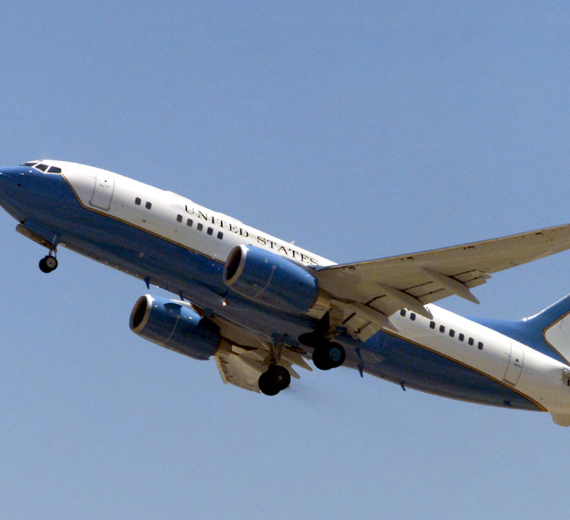
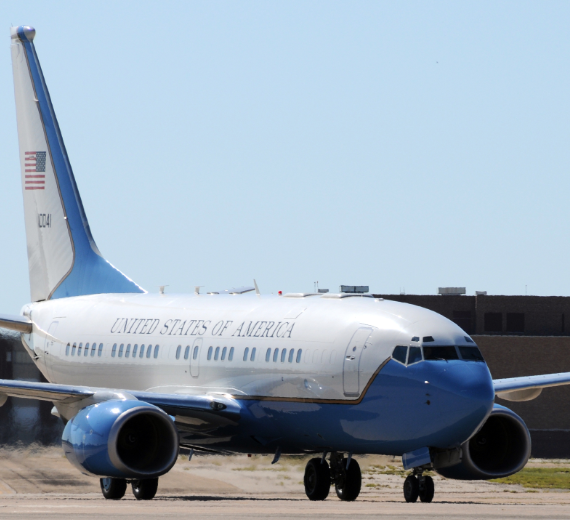
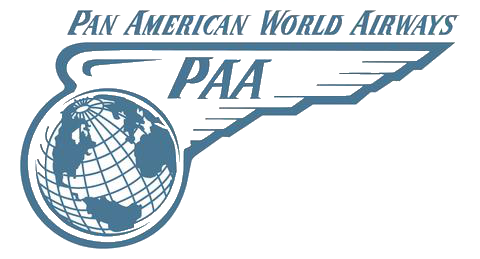
.png)
